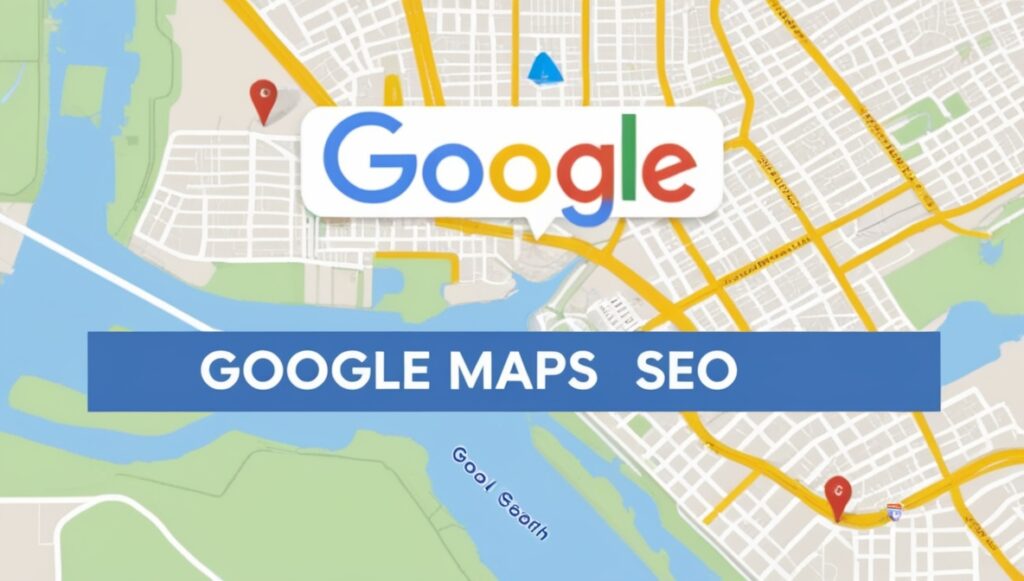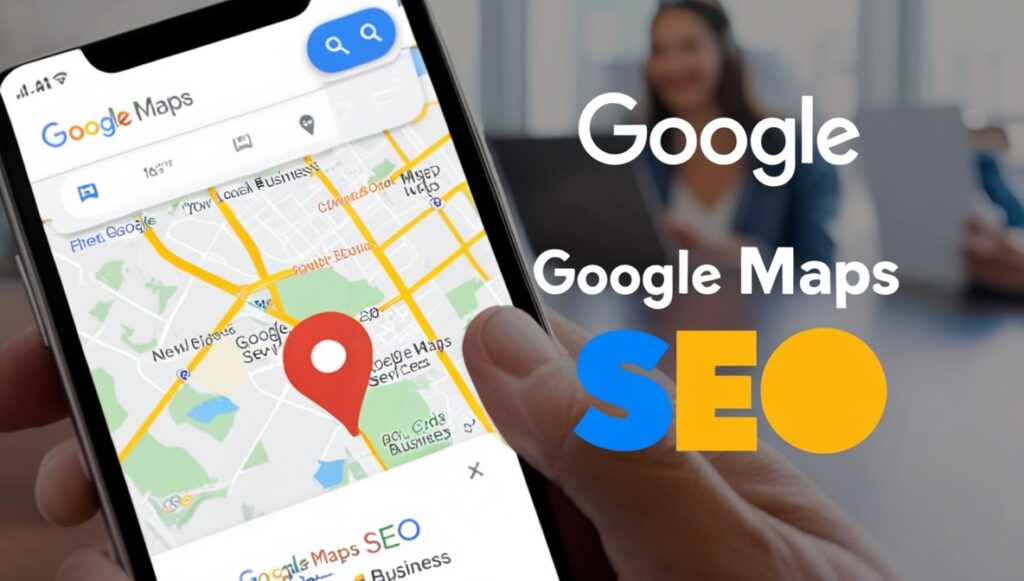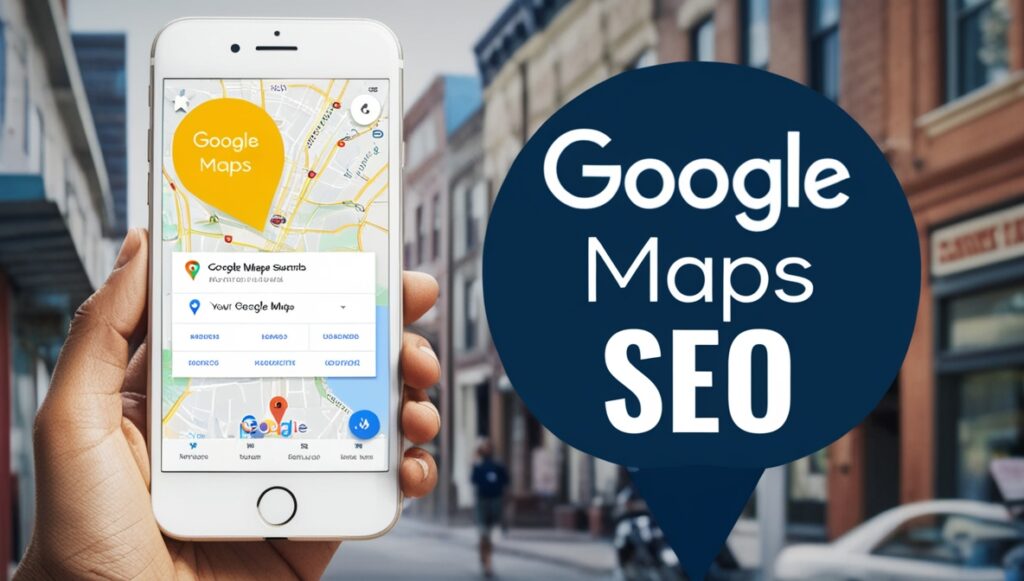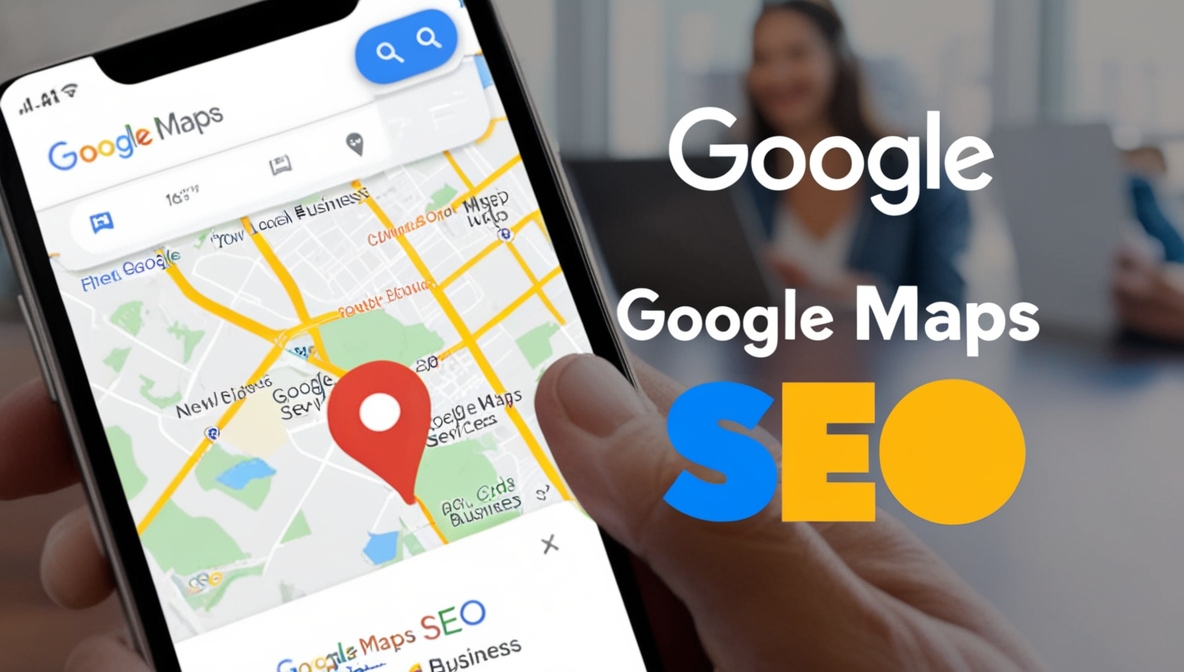
In today’s digital landscape, local businesses can’t afford to overlook the power of Google Maps SEO. As more consumers turn to Google to find local services, optimizing your business listing on Google Maps can vastly improve your visibility and attract new customers. This article will delve into the strategies and best practices for effective Google Maps SEO, ensuring your business stands out in local searches.
Understanding Google Maps SEO

Google Maps SEO refers to the process of optimizing your business’s presence on Google Maps to improve its ranking in local search results. When potential customers search for products or services “near me,” Google uses various algorithms to determine which businesses to display. A well-optimized Google Maps listing ensures your business appears prominently, encouraging click-throughs, calls, and visits.
Why is Google Maps SEO Important?

The importance of Google Maps SEO cannot be overstated. Here are some compelling reasons to prioritize your local SEO efforts:
- Visibility: Businesses that rank higher on Google Maps are more likely to be noticed by users. A strong presence on Google Maps can lead to increased traffic to your website and physical location.
- Consumer Trust: Appearing at the top of local search results signals to consumers that your business is reputable. High visibility on Google Maps correlates with higher trust levels among consumers.
- Mobile Optimization: With the rise in mobile searches, optimizing your Google Maps listing is essential for attracting customers on the go. Over 76% of people who search for something nearby visit a business within a day.
- Enhanced Engagement: Features like photos, reviews, and posts on your Google Maps listing help engage potential customers and provide them with the information they need to choose your business.
Key Strategies for Optimizing Google Maps SEO
Here are some effective strategies you can implement to enhance your Google Maps SEO:
- Claim and Verify Your Google My Business Listing The first step to optimizing for Google Maps SEO is claiming your Google My Business (GMB) listing. This free tool from Google allows you to manage your business’s online presence across Google, including Search and Maps.
- Claim Your Listing: Go to Google My Business and find your business. Follow the steps to claim it.
- Verify Your Listing: Verification can be done via phone, email, or postcard. Verification ensures that you have the right to manage your business information.
- Complete Your Profile A complete GMB profile is crucial. Be sure to fill out all relevant information, including:
- Business name
- Address
- Phone number
- Website URL
- Business category
- Hours of operation
- Services offered
- Optimize Business Description Write a compelling business description that includes relevant keywords, like “Google Maps SEO.” Explain what your business does, the services you offer, and any unique selling points. Keep it concise and engaging.
- Choose Relevant Categories Selecting the right categories for your business is vital in Google Maps SEO. Choose primary and secondary categories that accurately represent your business. This helps Google match your business with relevant searches.
- Encourage Customer Reviews Reviews play a significant role in Google Maps SEO. Encourage satisfied customers to leave positive reviews. Responding to reviews—both positive and negative—shows that you value customer feedback and can improve your business’s reputation.
- Aim for a mix of reviews to establish credibility.
- Use direct links to your GMB listing to make it easier for customers to leave reviews.
- Add High-Quality Photos Visual content can significantly impact user engagement. Upload high-quality images of your business, including the interior, exterior, products, and staff. Images can help create a welcoming atmosphere and give potential customers a sense of what to expect.
- Utilize Posts and Updates Google My Business allows you to share posts about promotions, events, and updates. Regularly update your listing with engaging posts to keep your audience informed and improve your ranking.
- Aim to post at least once a week.
- Include a call to action (CTA) to encourage further engagement.
- Implement Local SEO Best Practices Beyond optimizing your GMB profile, consider these local SEO best practices:
- Keyword Research: Identify local keywords relevant to your business and incorporate them into your website content.
- Create Local Content: Write blog posts or articles targeting local events, news, or community helps to establish your authority.
- Optimize Website for Local Traffic: Ensure your website is mobile-friendly, loads quickly, and includes localized content.
- Monitor Insights and Data Google My Business provides valuable insights into how customers are interacting with your listing. Use this data to refine your strategy. Analyze metrics such as how customers found your listing, what actions they took, and where they are located.
Conclusion

Optimizing your Google Maps SEO is a vital strategy for attracting local customers and improving your business’s online presence. By claiming your Google My Business listing, completing your profile, encouraging reviews, and implementing local SEO best practices, you can significantly enhance your visibility in local search results. As your business rises in the Google Maps rankings, you’ll not only see increased traffic but also build a trusted brand in the eyes of your potential customers.
Prioritize these strategies, and watch your local search performance soar, ultimately leading to more customers and higher revenue for your business.

